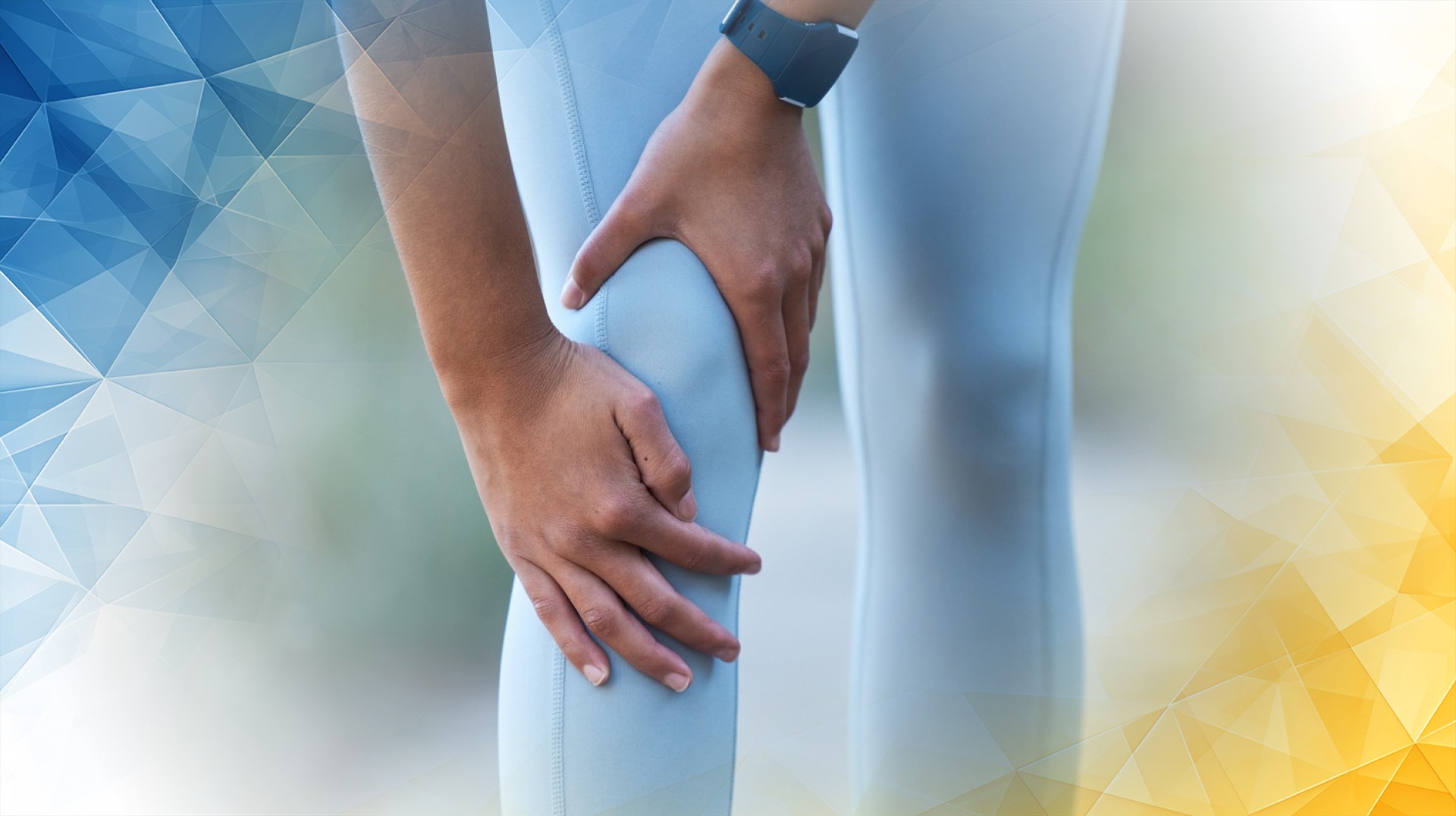



Cartilage injuries are common—and challenging—because cartilage doesn’t heal well on its own. Left untreated, these injuries can cause ongoing pain, limit movement, and may even lead to osteoarthritis . There’s a real need for effective treatments that can help repair this vital tissue. One of the latest advances is ChondroFiller Liquid, a cell-free, collagen-based gel designed to help your own body regenerate healthy cartilage . In this article, we’ll explain how ChondroFiller works, the science supporting it, the mechanical advantages it offers, and what recovery looks like at the London Cartilage Clinic, led by Professor Paul Lee.
ChondroFiller Liquid is made from type I collagen—a protein naturally found in the human body—blended into a gel. It’s applied through minimally invasive arthroscopic surgery , filling the cartilage defect. There, the gel sets into a soft, sponge-like scaffold that takes the place of missing cartilage .
What sets this approach apart is its ability to attract the body’s own mesenchymal stem cells , which migrate into the collagen matrix. These stem cells then develop into chondrocytes—the cells responsible for producing new cartilage —and stimulate the production of molecules that make cartilage strong and resilient. Because ChondroFiller is “cell-free,” there’s no need to harvest or culture cells outside the body, making the treatment quicker and less complex—a one- step procedure that benefits both patient and doctor.
Research shows that similar collagen scaffolds have real advantages in repairing cartilage injuries . For instance, a recent study reported that “liquid AMIC is a safe technique that shows good clinical and radiological outcomes” for specific hip cartilage defects (De Lucas Villarrubi et al., 2021). Other studies are exploring how these materials can be more easily and effectively delivered to hard-to-reach areas, broadening their potential applications (Perez-Carro et al., 2021).
Healthy cartilage isn’t just soft padding—it’s a complex tissue built to absorb shock and handle the constant stresses of movement. For any repair material to work well, it has to function in a similar way.
Research led by Weizel and colleagues reveals that ChondroFiller ’s scaffold closely mimics the behavior of natural cartilage . It flexes and absorbs pressure, responding differently to pushing and pulling—like real cartilage does. ChondroFiller ’s viscous texture, similar to honey, helps it distribute loads evenly, which is crucial for joint health. These mechanical properties encourage natural cell signaling and support the growth of healthy, long-lasting cartilage.
The evidence so far is promising. For example, a multicentre study found that patients experienced significant improvements in knee function within just three to six months after ChondroFiller treatment, as measured by the International Knee Documentation Committee (IKDC) scores. MRI scans showed that the scaffold integrated well with surrounding cartilage , and no major side effects were reported.
Another study involving patients with knee and ankle cartilage defects found that average IKDC scores improved from around 48 before treatment to 80 three years later—a clear sign of lasting benefits. In cases of thumb base osteoarthritis , patients who received ChondroFiller reported less pain, better grip strength, and improved function, all backed up by imaging studies. Across these trials, safety remained high and the scaffold consistently supported new cartilage growth.
Research into related acellular matrices shows similar success, with meaningful gains in both MRI-measured healing and day-to-day function. Emerging techniques are making it easier to apply injectable materials precisely, further improving outcomes ( De Lucas Villarrubi et al., 2021; Perez-Carro et al., 2021).
Traditional cartilage repair treatments—like microfracture surgery, autologous chondrocyte transplantation (ACT), or osteochondral grafting—often require several procedures, the harvesting and culturing of cells, or taking tissue from elsewhere in the body. These approaches can be time-consuming, costly, and sometimes come with extra pain and complications.
ChondroFiller changes the game by offering a cell-free, single- step procedure . It’s minimally invasive, requires less recovery time , and avoids the downsides of older methods. Studies have called the ChondroFiller technique “safe and simple,” with good clinical outcomes. Some traditional methods, like microfracture, can result in the formation of weaker, fibrous tissue instead of true cartilage, especially in younger patients. ChondroFiller ’s unique scaffold is specially designed to encourage the development of durable, healthy cartilage that can stand up to daily life.
Importantly, studies show that a high percentage of patients treated with acellular collagen scaffolds reach meaningful improvements in function and quality of life. Precise delivery of the material during surgery is crucial to maximize its benefits, highlighting the importance of surgical technique.
Recovery doesn’t stop after the procedure. At the London Cartilage Clinic , Professor Paul Lee and his team create individualized rehab plans for every patient. This usually involves a careful balance of joint protection, supportive footwear or orthotics , and a gradual return to activities with exercises that support healing. Ongoing education and close monitoring ensure patients are progressing well—and allow adjustments if needed.
While early research looks very encouraging, Professor Lee notes that results can vary from person to person, and more long-term data will help further refine both the procedure and rehabilitation.
Conclusion and Important Notice
ChondroFiller represents an innovative step forward in treating cartilage defects. Its collagen scaffold supports your body’s natural healing abilities, and early results show it’s both safe and effective. Expert care, like that offered by Professor Paul Lee and his team at the London Cartilage Clinic, can make all the difference in recovery. If you’re considering cartilage repair , speak to a qualified healthcare professional to find out if ChondroFiller is right for you.
De Lucas Villarrubi, J. C., Méndez Alonso, M. Á., Sanz Pérez, M. I., Trell Lesmes, F., & Panadero Tapia, A. (2021). Acellular Matrix-Induced Chondrogenesis Technique Improves the Results of Chondral Lesions Associated With Femoroacetabular Impingement. , . https://doi.org/10.1016/j.arthro.2021.08.022
Perez-Carro, L., Rosi Mendoza Alejo, P., Gutierrez Castanedo, G., Menendez Solana, G., Fernandez Divar, J. A., Galindo Rubin, P., & Alfonso Fernandez, A. (2021). Hip Chondral Defects: Arthroscopic Treatment With the Needle and Curette Technique and ChondroFiller. , . https://doi.org/10.1016/j.eats.2021.03.011
Schneider, U. (2016). Controlled, randomized multicenter study to compare compatibility and safety of ChondroFiller liquid (cell free 2-component collagen gel) with microfracturing of patients with focal cartilage defects of the knee joint. , . https://doi.org/10.5348/VNP05-2016-1-OA-1
ChondroFiller Liquid is a collagen-based gel applied during minimally invasive surgery. It acts as a scaffold for your body’s own stem cells, encouraging regeneration of healthy cartilage. At London Cartilage Clinic, Professor Lee utilises this technique to improve outcomes.
Unlike traditional methods requiring multiple procedures or cell harvesting, the London Cartilage Clinic offers a one-step, cell-free approach. Professor Paul Lee’s expertise ensures minimally invasive treatment with faster recovery tailored individually for every patient.
Professor Paul Lee’s extensive experience in cartilage regeneration and advanced arthroscopic techniques ensures precise, personalised care. Patients benefit from his leadership in the latest treatments and commitment to comprehensive rehabilitation at the London Cartilage Clinic.
At the London Cartilage Clinic, Professor Lee and his team design personalised rehabilitation plans. These balance joint protection, activity progression, and continuous monitoring, helping each patient achieve optimal recovery and confidently return to daily activities.
While early research on ChondroFiller is promising, individual results can vary. Professor Lee provides expert advice and close follow-up, but outcomes depend on personal factors and ongoing developments, with patient safety and best care as top priorities.
All our treatments are selected to help patients achieve the best possible outcomes and return to the quality of life they deserve. Get in touch if you have any questions.
At London Cartilage Clinic, we are constantly staying up-to-date on the latest treatment options for knee injuries and ongoing knee health issues. As a result, our patients have access to the best equipment, techniques, and expertise in the field, whether it’s for cartilage repair, regeneration, or replacement.
For the best in patient care and cartilage knowledge, contact London Cartilage Clinic today.
At London Cartilage Clinic, our team has spent years gaining an in-depth understanding of human biology and the skills necessary to provide a wide range of cartilage treatments. It’s our mission to administer comprehensive care through innovative solutions targeted at key areas, including cartilage injuries. During an initial consultation, one of our medical professionals will establish which path forward is best for you.
Contact us if you have any questions about the various treatment methods on offer.
Legal & Medical Disclaimer
This article is written by an independent contributor and reflects their own views and experience, not necessarily those of londoncartilage.com. It is provided for general information and education only and does not constitute medical advice, diagnosis, or treatment.
Always seek personalised advice from a qualified healthcare professional before making decisions about your health. londoncartilage.com accepts no responsibility for errors, omissions, third-party content, or any loss, damage, or injury arising from reliance on this material. If you believe this article contains inaccurate or infringing content, please contact us at [email protected].